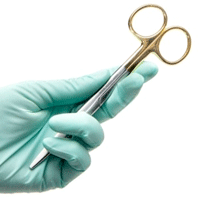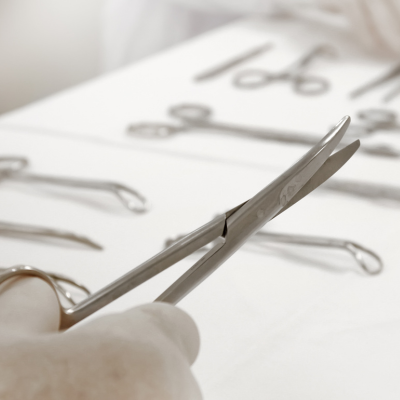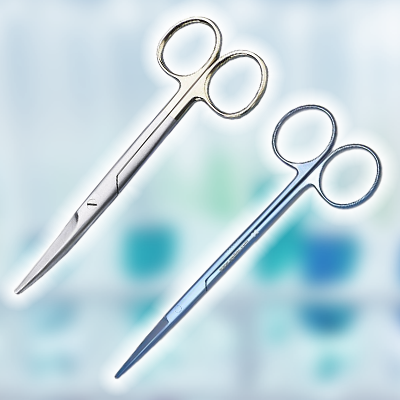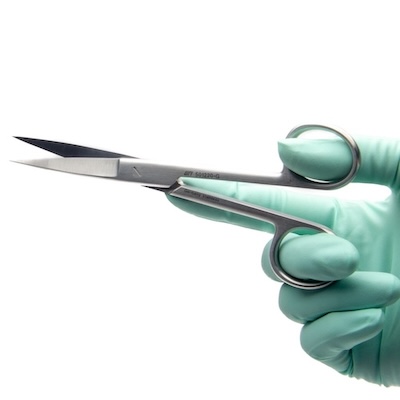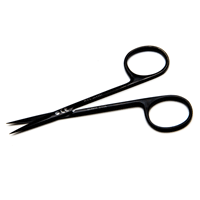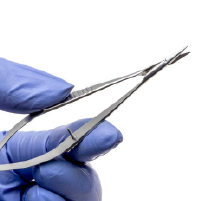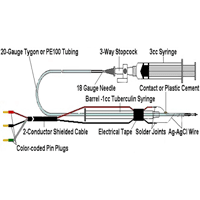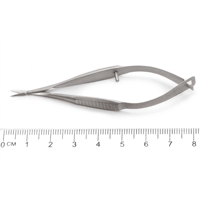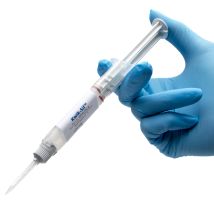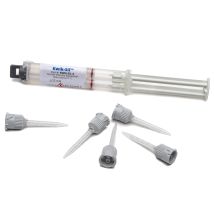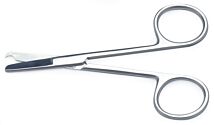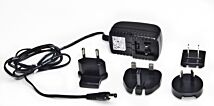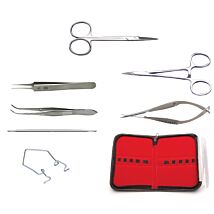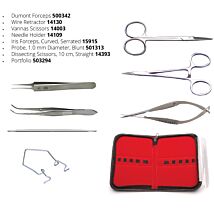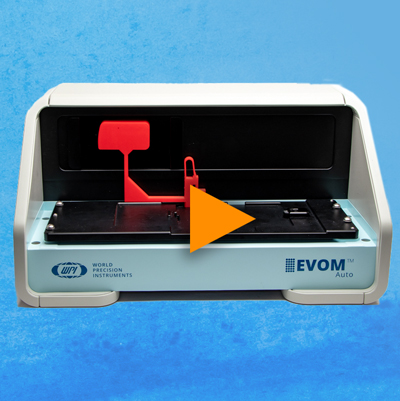This website uses cookies to ensure you get the best experience on our website.
Read more
The Different Surgical Scissors for Every Application
May 31, 2023

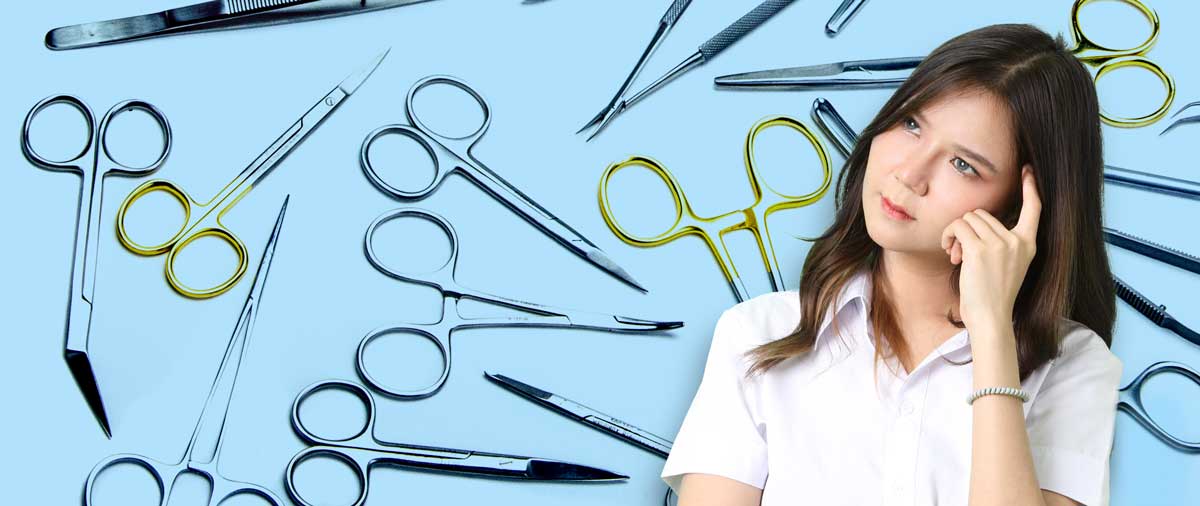
In a life science laboratory, quality surgical scissors are indispensable for dissection, suturing, small animal surgeries, tissue preparation, and more. The variety of surgical scissors can be overwhelming. To help you choose which surgical scissors are right for your application, let’s look at some of our most popular ring handled surgical scissors and their intended uses.
Operating Scissors
Operating scissors have sharp blades and are available in various lengths, typically ranging from 11.5 to 18 cm (4.5 to 7 inches). They are used to cut through tissues during general surgical procedures.
Mayo Scissors
Mayo surgical scissors are larger and heavier than operating scissors. They have longer blades that range from 14 to 25 cm (5.5-10 inches) long. Mayo scissors are used for heavier tissue dissection, such as cutting fascia or muscle or fur.
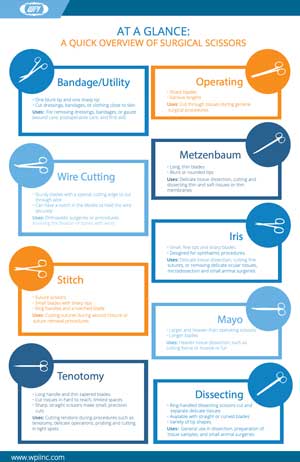 Metzenbaum Scissors
Metzenbaum Scissors
Metzenbaum scissors have long, thin blades with blunt or rounded tips. They are commonly used for delicate tissue dissection and are ideal for cutting and dissecting thin and soft tissues or thin membranes.
Iris Scissors
Iris scissors have small, fine tips and sharp blades. They were originally designed for ophthalmic procedures but are now used in a wide range of applications like delicate tissue dissection, cutting fine sutures, or removing delicate ocular tissues. In a life science laboratory, fine iris scissors are perfect for microdissection and small animal surgeries.
Bandage Scissors
Also known as utility scissors, bandage scissors have one blunt tip and one sharp tip. They are specifically designed for cutting dressings, bandages, or clothing close to skin without causing harm. The blunt tip prevents accidental injury or puncture wounds. These surgical scissors are primarily used for removing dressings, bandages, or gauze. This is common in wound care, postoperative care, and first aid. They are available in a variety of sizes from 8.75 to 15 cm (3.5 – 6 inches).
Wire Cutting Scissors
Wire cutting scissors (or simply wire scissors) have sturdy blades with a special cutting edge that enables them to cut through wire without damaging the surrounding tissues. Our Roger Wire Cutting Scissors have a notch in the blades to hold the wire securely while shearing. Wire scissors are used in orthopedic surgeries or procedures involving the fixation of bones with wires.
Stitch Scissors
Stitch scissors, also called suture scissors, have small, blades with sharp tips. They are designed for cutting sutures during wound closure or suture removal procedures. Like Littauer scissors, our Spencer Stitch Scissors have ring handles and a notched blade. Our McPherson-Westcott Stitch Scissors are spring handled with tiny curved blades, great for ambidextrous use.
Tenotomy Scissors
With the long handle and thin tapered blades, the tenotomy scissors can cut tissues in hard to reach, limited spaces. They are specifically designed for cutting tendons during procedures such as tenotomy, where the surgeon needs to make precise and controlled cuts in a tendon. These sharp, straight scissors make small, precision cuts, and they are perfect for delicate operations. The longer handles help to control the precision of these tenotomy scissors in restricted spaces or with delicate membranes or tissues, like brain tissue or ophthalmic surgeries. These scissors are designed for probing and cutting in tight spots.
Dissecting Scissors
Ring-handled dissecting scissors, also called tissue dissectors, are surgical scissors commonly used to cut and separate delicate tissues. These scissors range from 8.5 to 12.5 cm long. Dissecting scissors are available with straight or curved blades and a variety of tip shapes. Our dissecting scissors are for general use in dissection, preparation of tissue samples, and small animal surgeries. Dissecting scissors have thinner (and often longer) blades than operating scissors. They are designed for cutting and probing in tight spaces. Their tips are pointed, where operating scissors are generally blunt.
Choosing your surgical scissors based on your application. This synopsis of surgical scissors covers a variety of our popular styles and their intended use. When choosing scissors, you should also consider the length of the scissors, the length of the tip and the shape of the tip. Select the length of the scissors shaft based on the depth of the site you want to probe. The length of the scissor tips should match the size of the incision you need to make. Select curved scissors to avoid cutting underlying layers or for added visibility of the operation site. Use straight tips for precision cuts. Angled scissors offer an alternative grip position and can afford greater visibility. If you have questions about surgical scissors, email us at [email protected] or give us a call at (866) 606-1974.

Close


